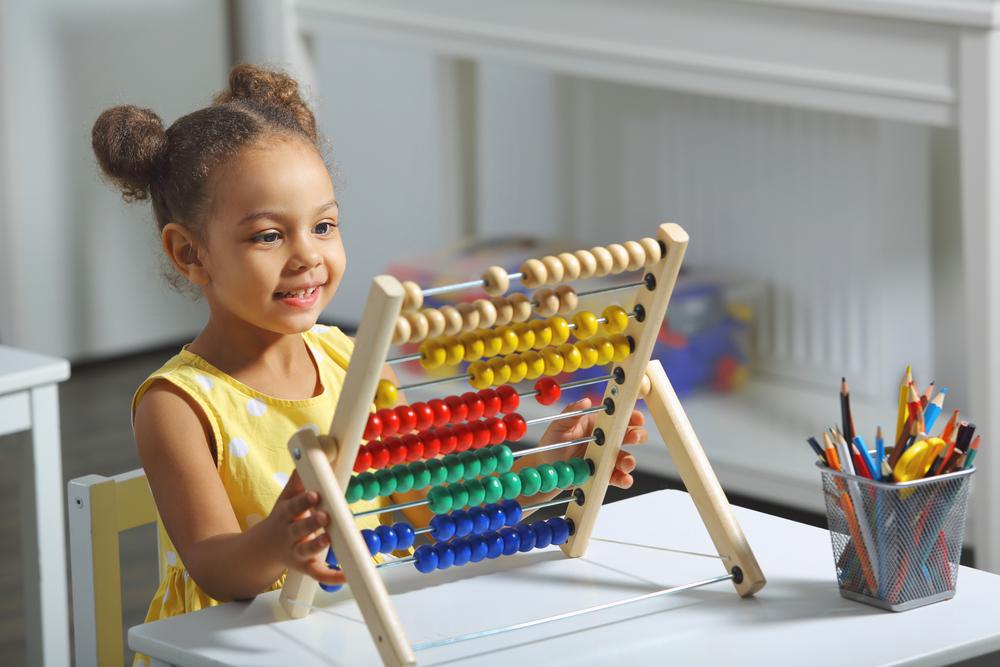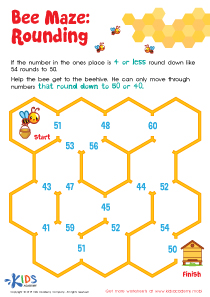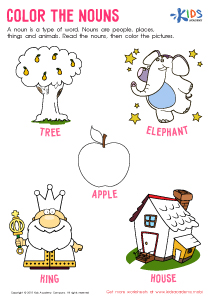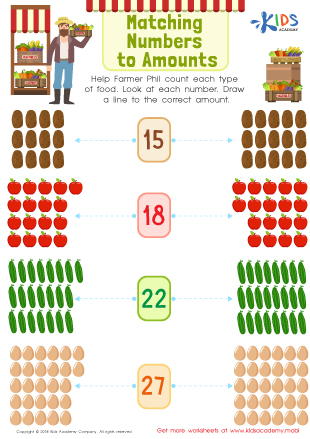Tracing Numbers Worksheets for Ages 4-8
42 filtered results
-
From - To
Welcome to our collection of Tracing Numbers Worksheets designed for children ages 4-8! These engaging worksheets provide a fun and interactive way for young learners to develop essential number recognition and writing skills. Featuring a variety of colorful, age-appropriate designs, our worksheets guide students through tracing numbers 0-20, reinforcing their fine motor skills and fostering confidence in their writing abilities. Perfect for parents and teachers, these printable resources encourage independent learning and practice at home or in the classroom. Explore our extensive library today and watch your child's numerical knowledge blossom!
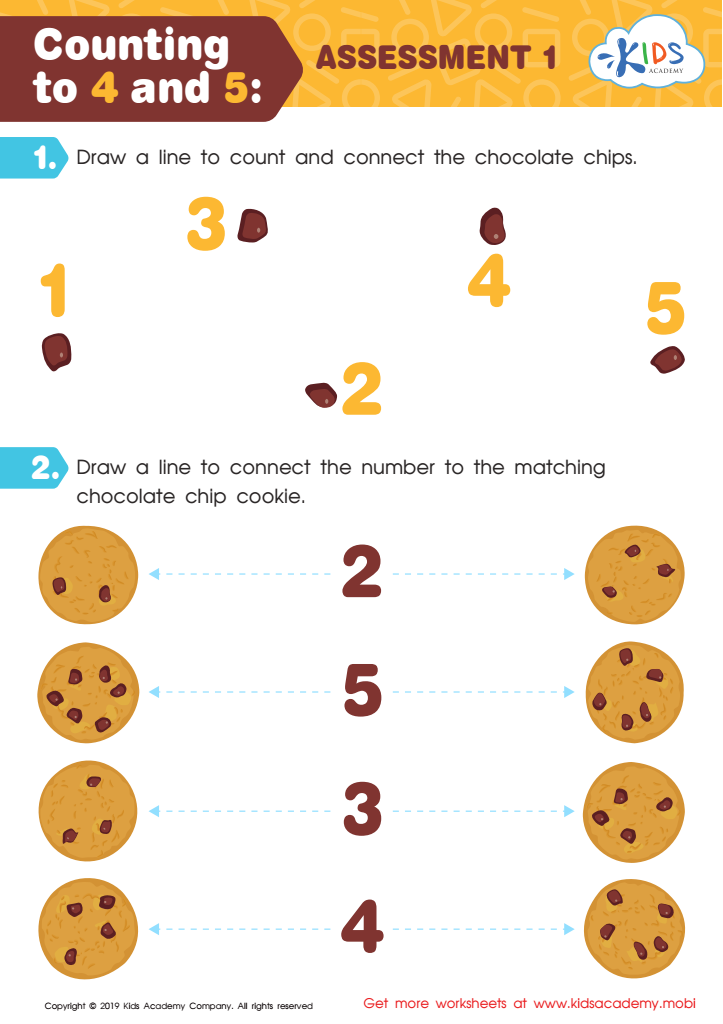

Counting to 4 and 5: Assessment 1 Worksheet
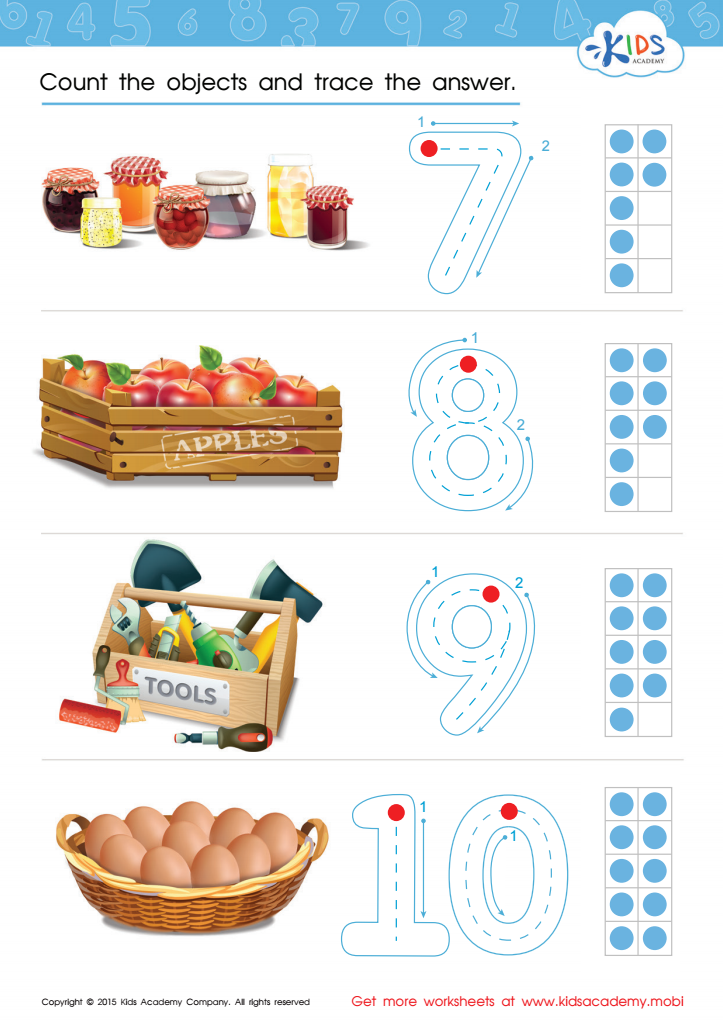

Count and Trace 7 – 10 Worksheet
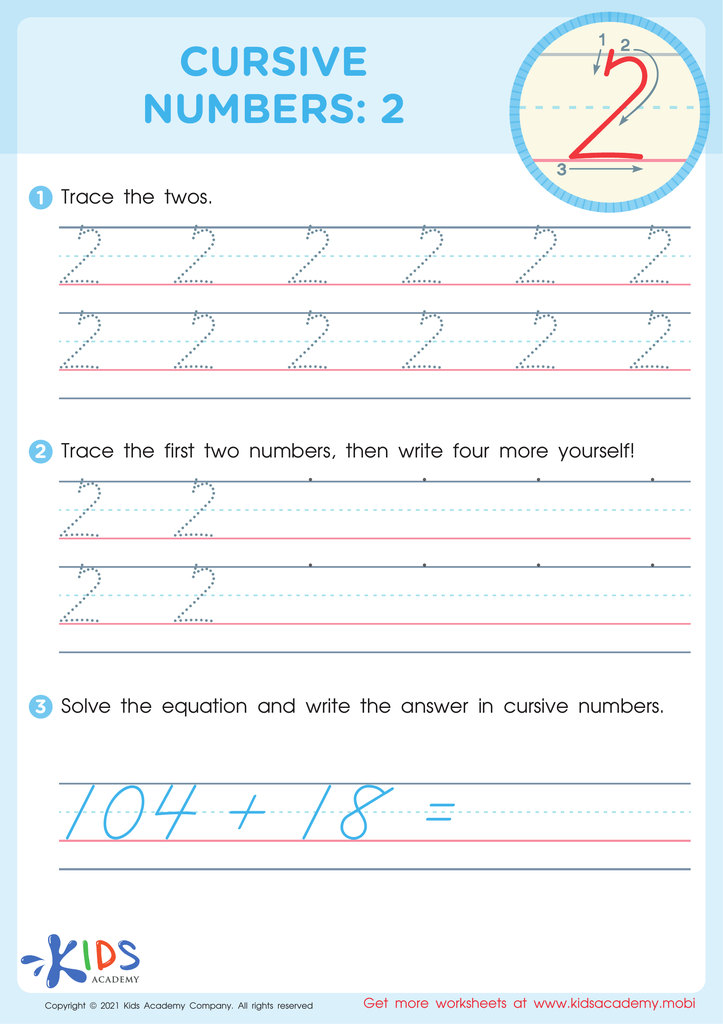

Cursive Numbers: 2 Worksheet
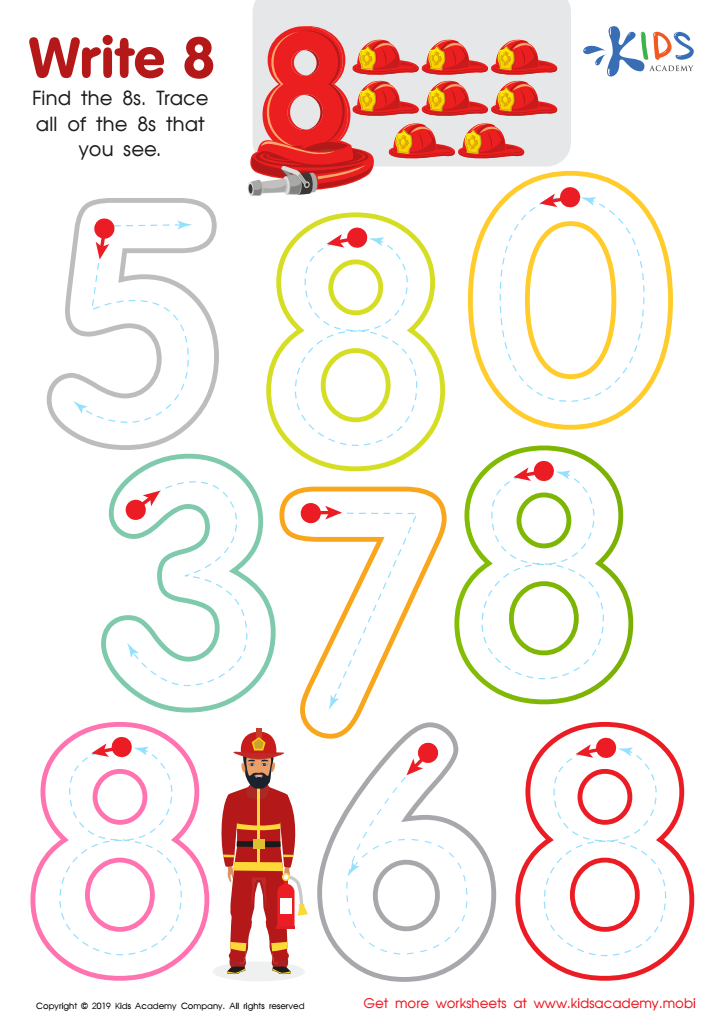

Write 8 Worksheet


Cursive Numbers: 6 Worksheet
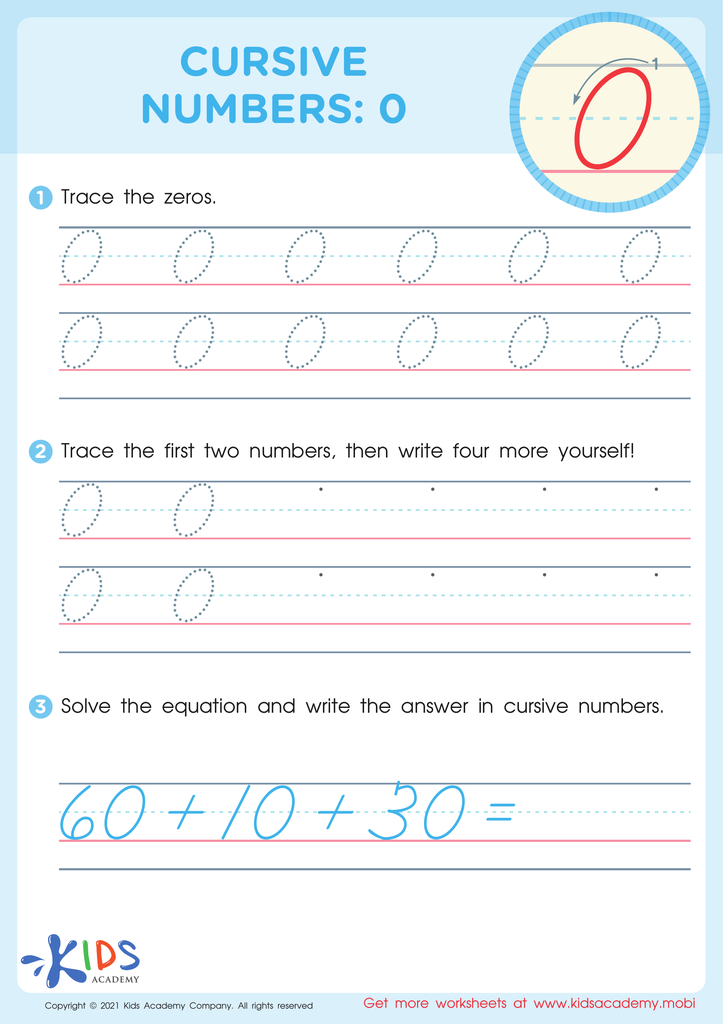

Cursive Numbers: 0 Worksheet
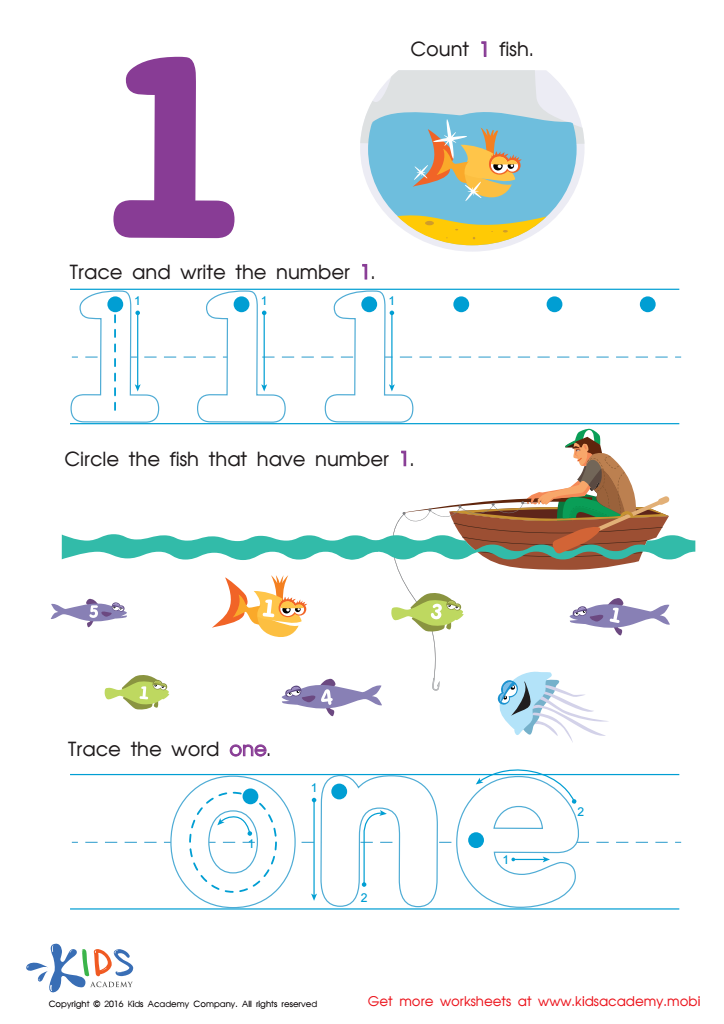

Learning to Write 1 Worksheet
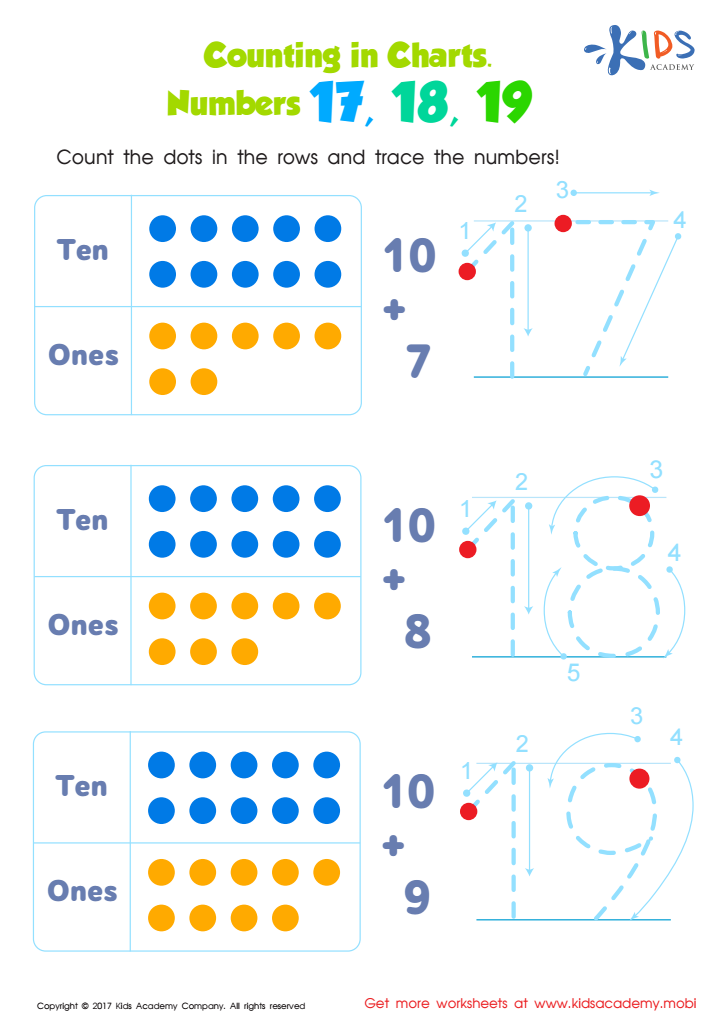

Kindergarten Number Tracing: Counting in Charts Worksheet
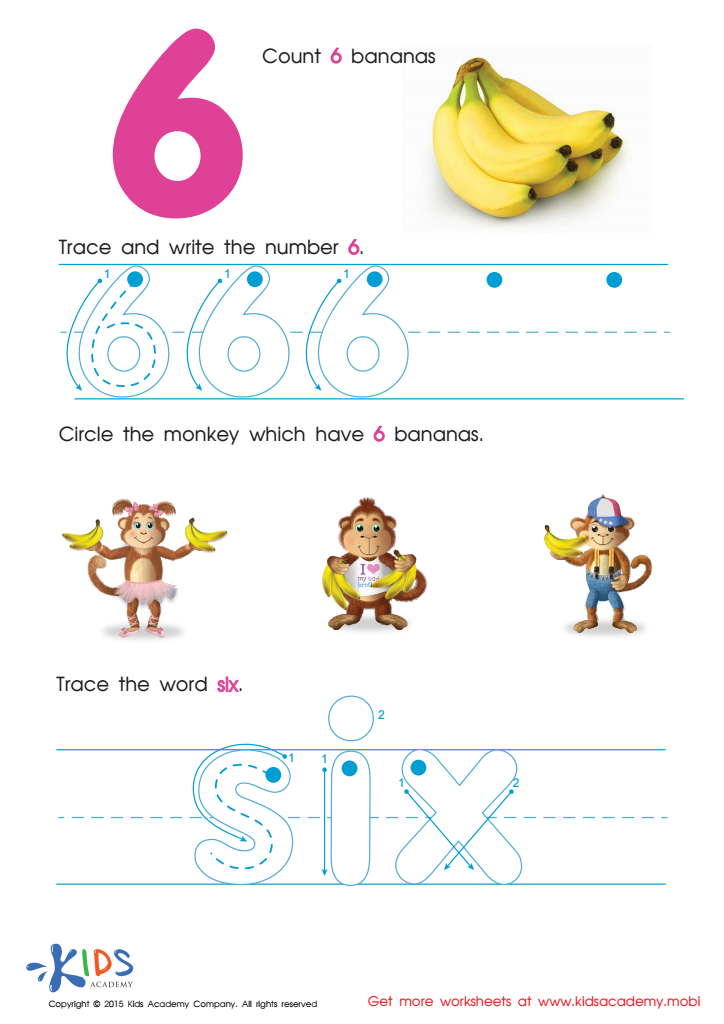

Tracing And Writing Number 6 Worksheet
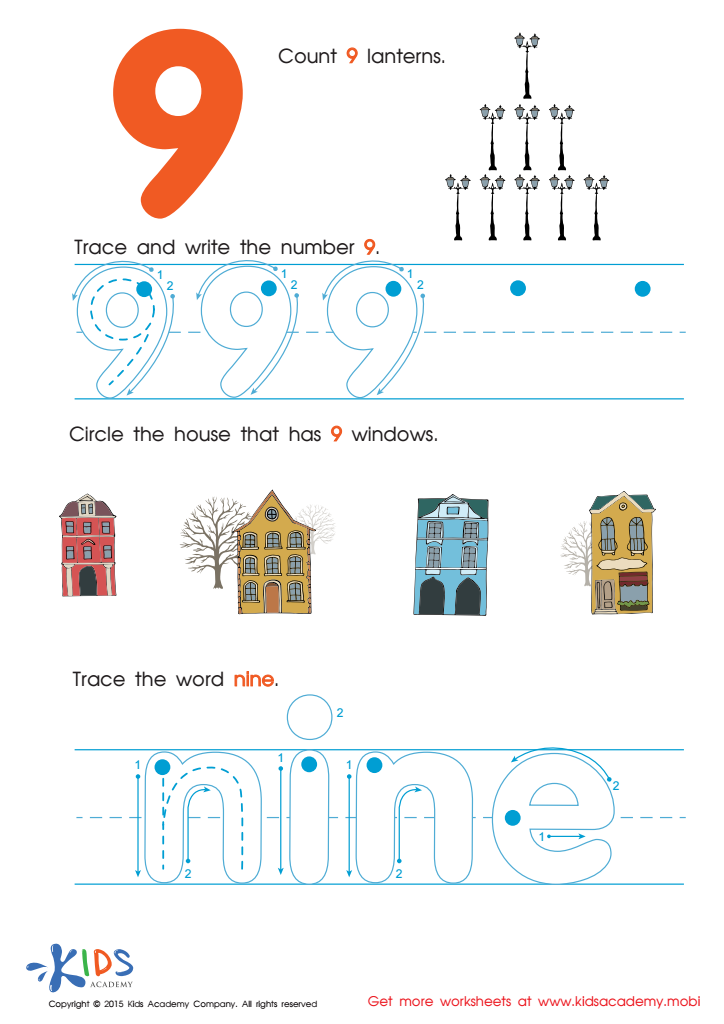

Tracing And Learning to Write Number 9 Worksheet
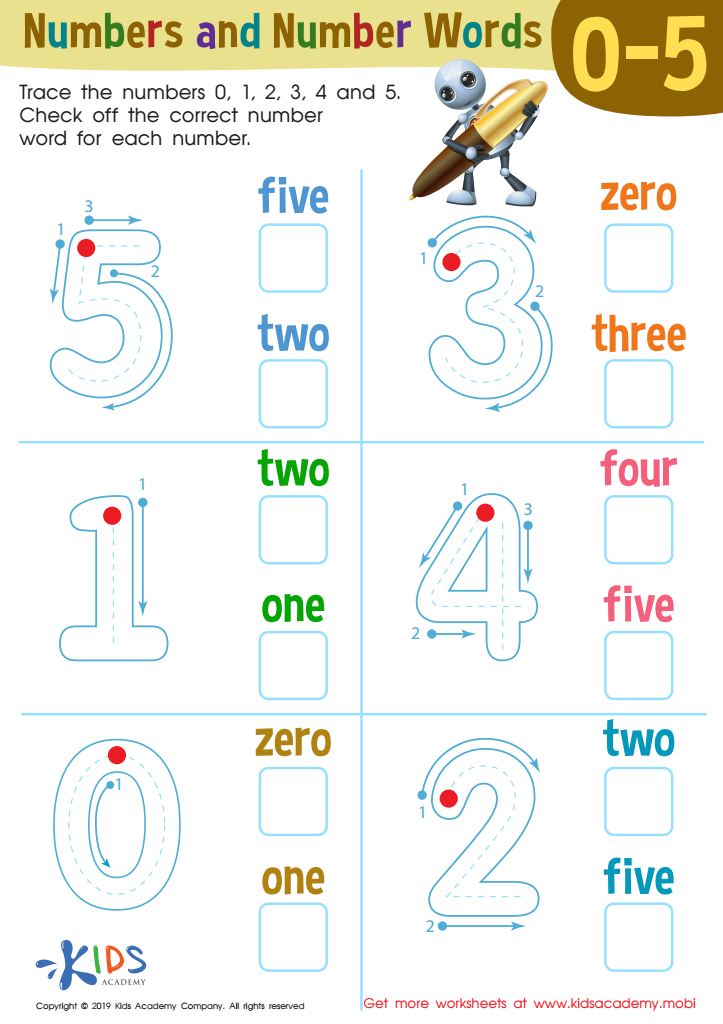

Numbers and Number Words Worksheet
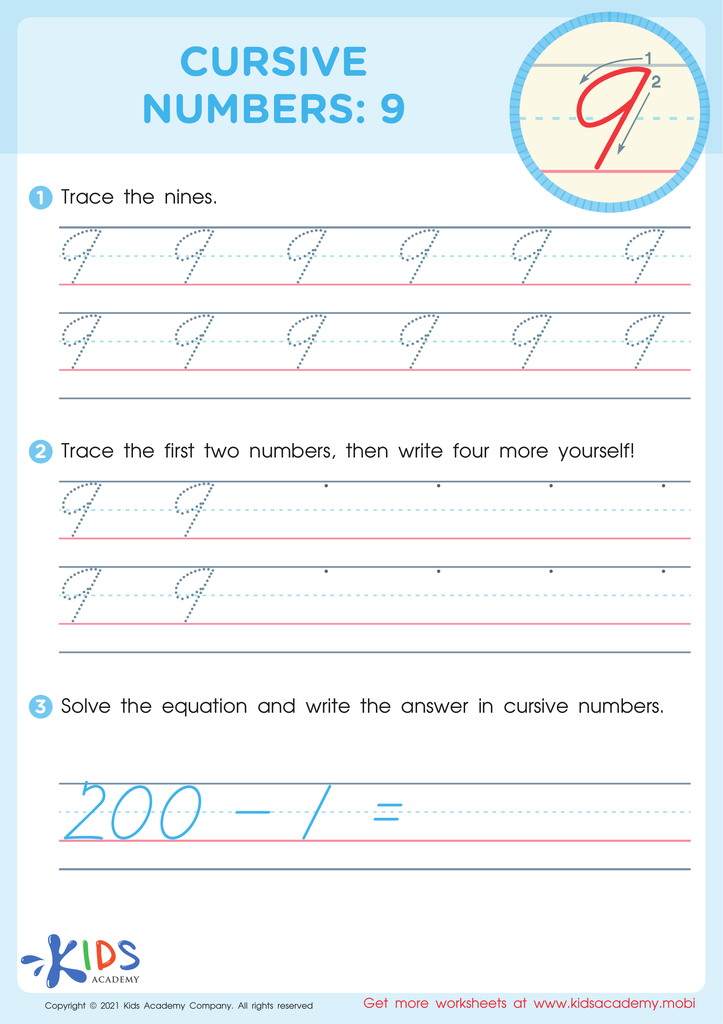

Cursive Numbers: 9 Worksheet
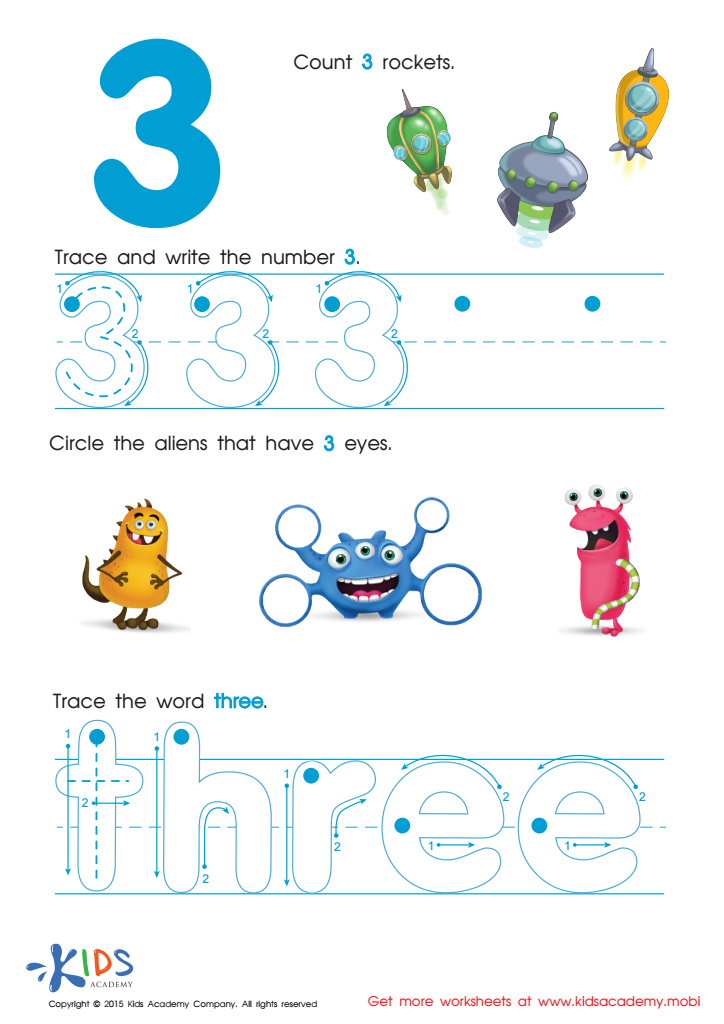

Learning Number Three Worksheet
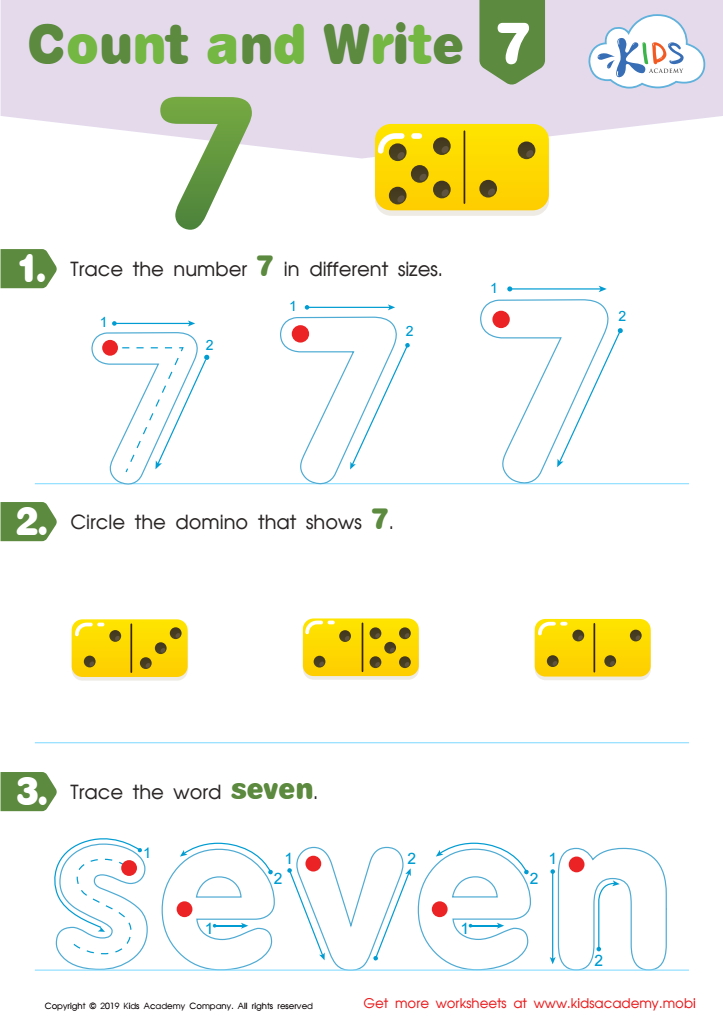

Count and Write 7 Worksheet


Finding 5 in the Family Worksheet


Finding 4 in the Forest Worksheet
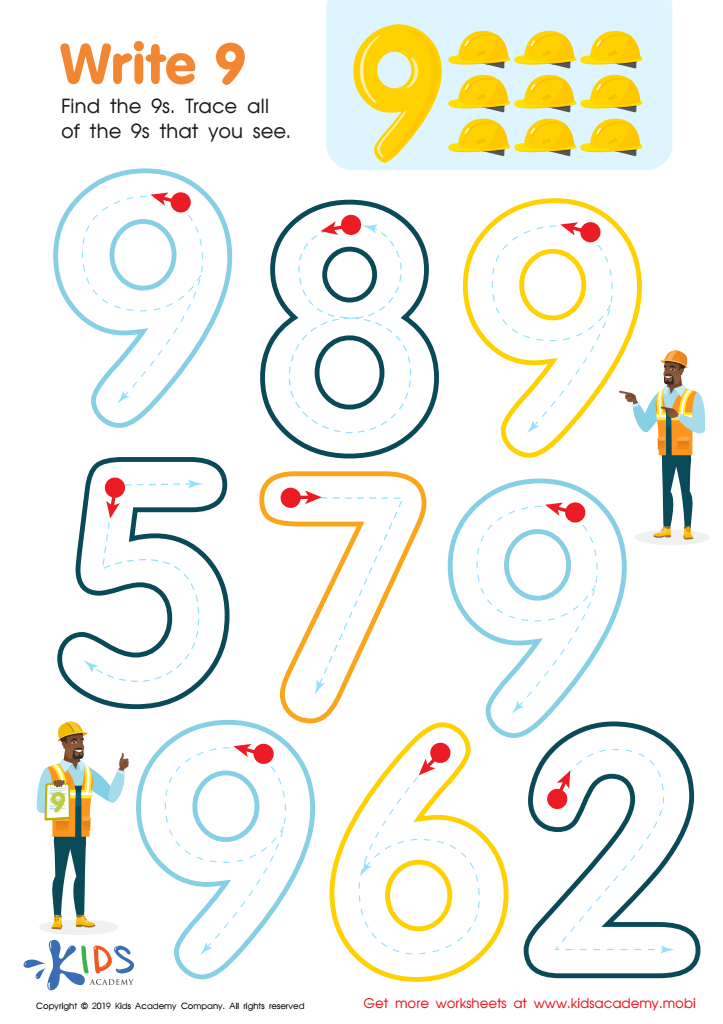

Write 9 Worksheet
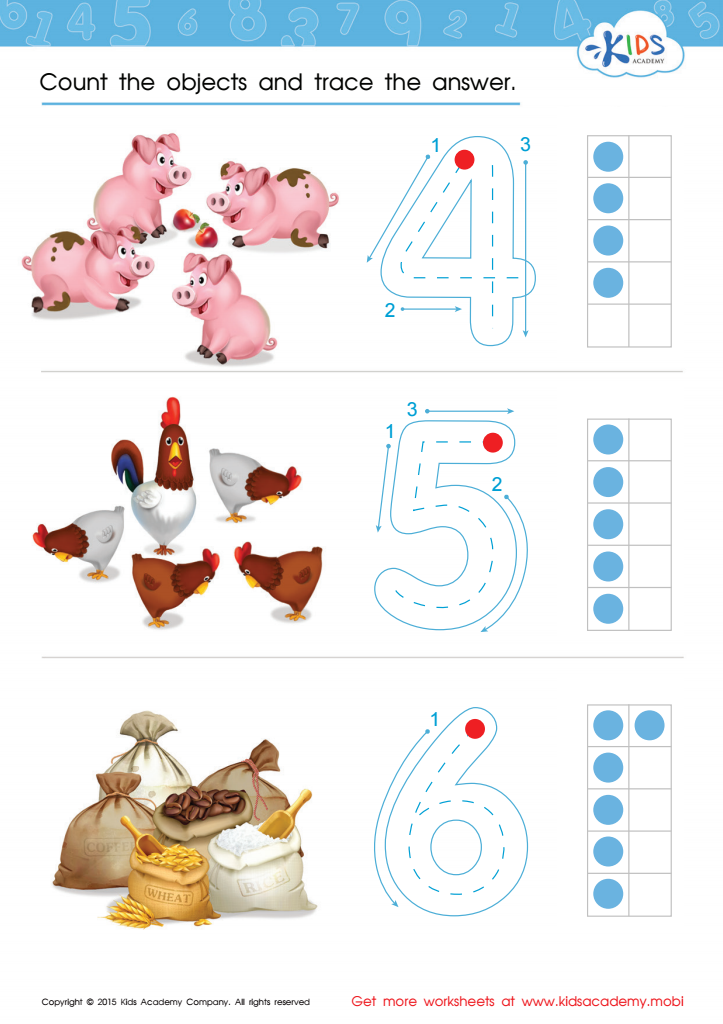

Count and Trace 4 – 6 Worksheet


Counting Shapes Worksheet
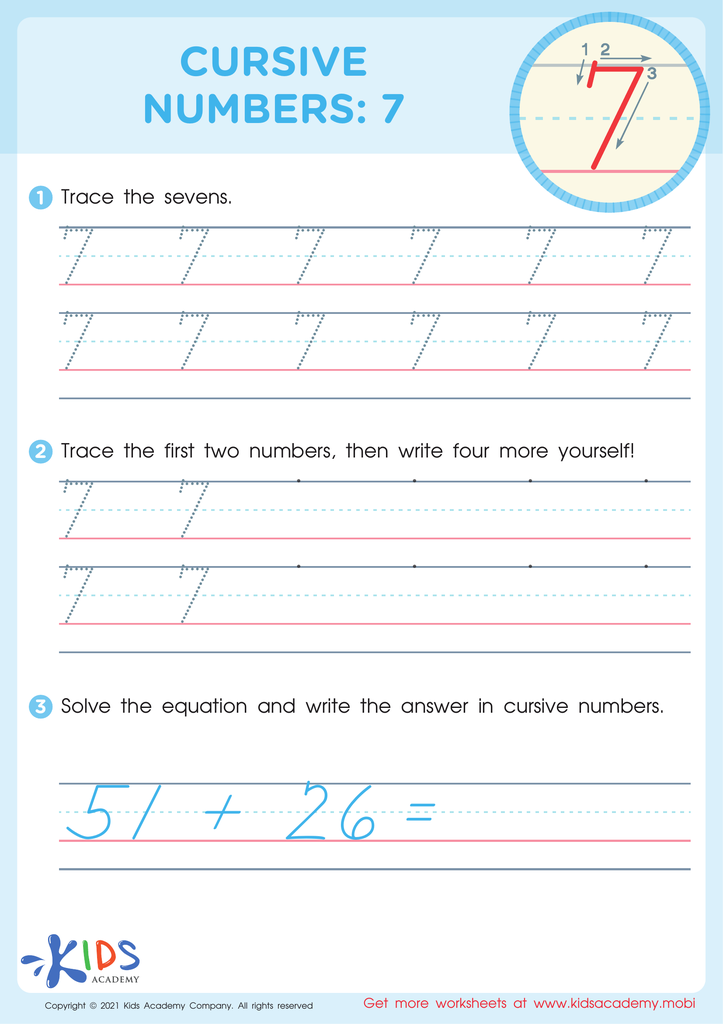

Cursive Numbers: 7 Worksheet
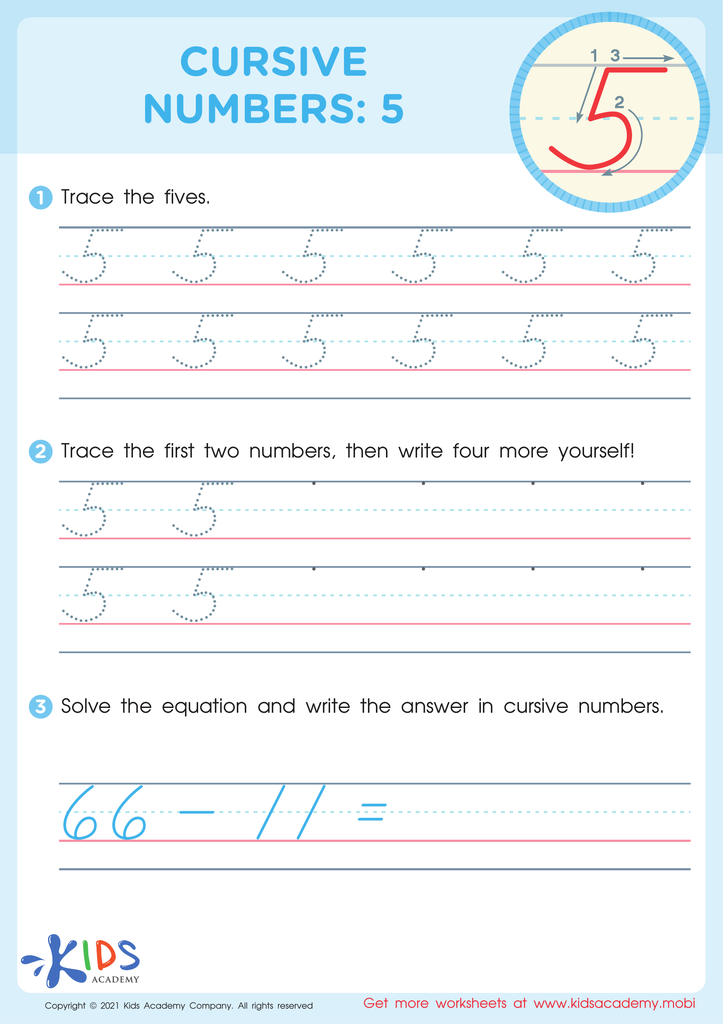

Cursive Numbers: 5 Worksheet
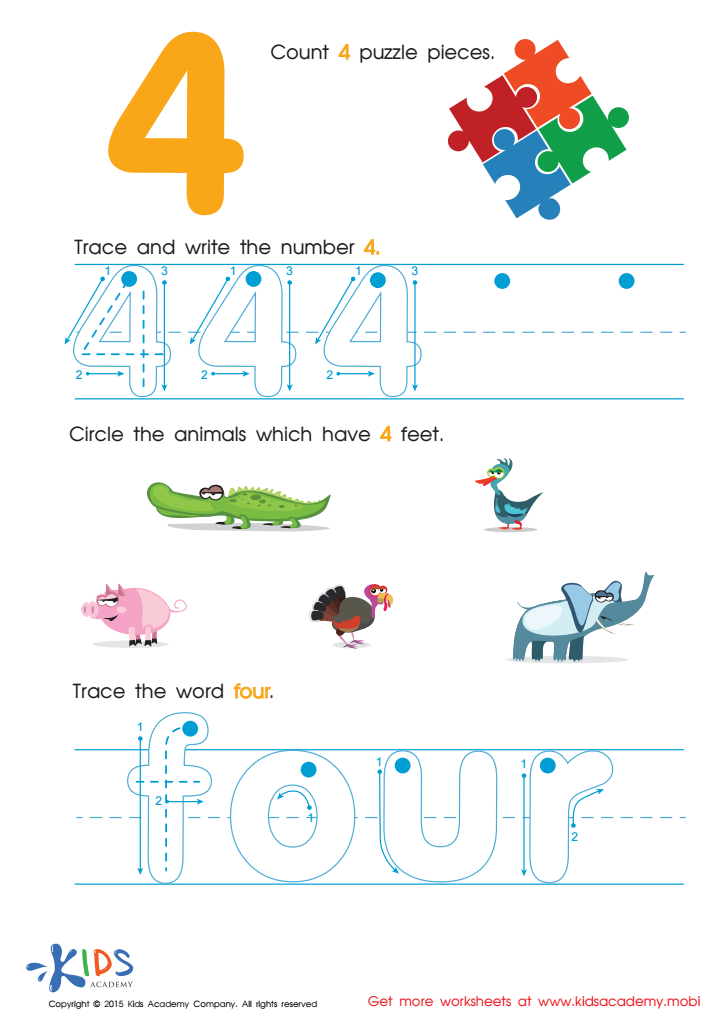

Teaching Children to Write Number 4 Worksheet
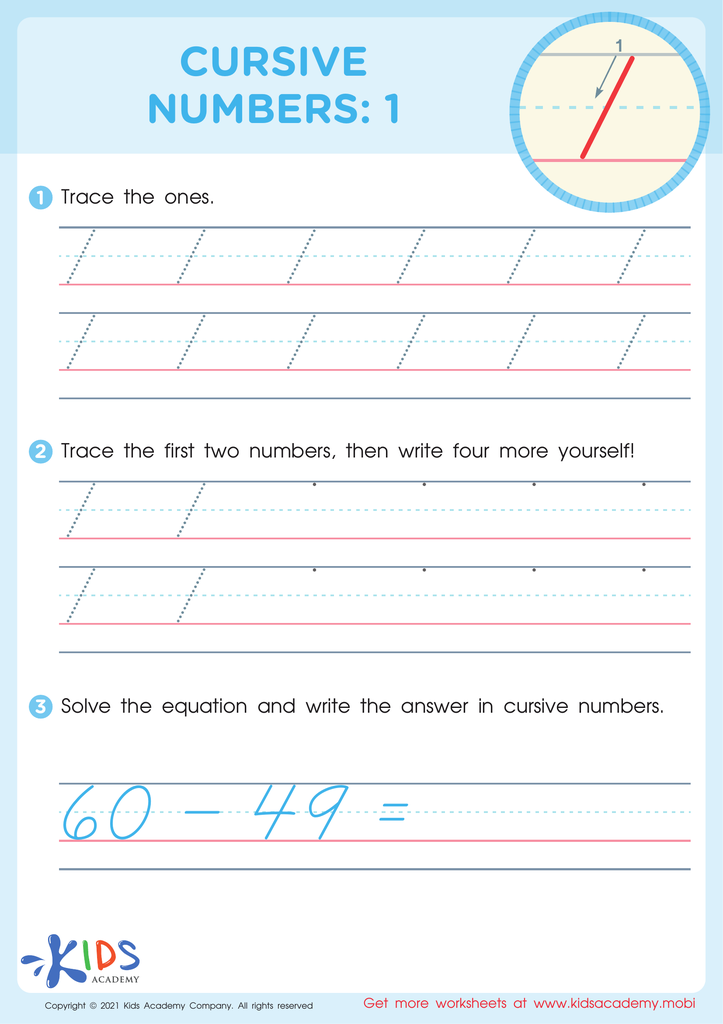

Cursive Numbers: 1 Worksheet
Tracing numbers is a fundamental activity for young learners aged 4-8, serving as a crucial building block for their mathematical journey. Parents and teachers should prioritize this skill for several reasons. Firstly, tracing helps children develop fine motor skills essential for writing. By repeating the action of tracing, they gain better control of their pencil grip and hand movements, which translates into improved handwriting.
Secondly, tracing numbers reinforces number recognition. When children engage in tracing, they familiarize themselves with the shape and structure of each numeral, aiding in their ability to recognize and differentiate numbers in various contexts. This early exposure lays the groundwork for future math skills, such as counting, addition, and subtraction.
Furthermore, the act of tracing encourages focus and concentration, teaching children to pay attention to detail and build perseverance. These cognitive skills are vital not only in math but throughout their learning experiences.
Finally, involving parents in the tracing activity fosters bonding and provides opportunities for parents to engage in their child’s education, making learning a fun and collaborative process.
In summary, tracing numbers is more than just a writing exercise; it is an important educational tool that supports motor skills, number recognition, cognitive development, and parent-child engagement.
 Assign to My Students
Assign to My Students









